Adrian Leks, PR & Marketing Manager
How do we build IoT products from scratch? Software, firmware and hardware on board
BACK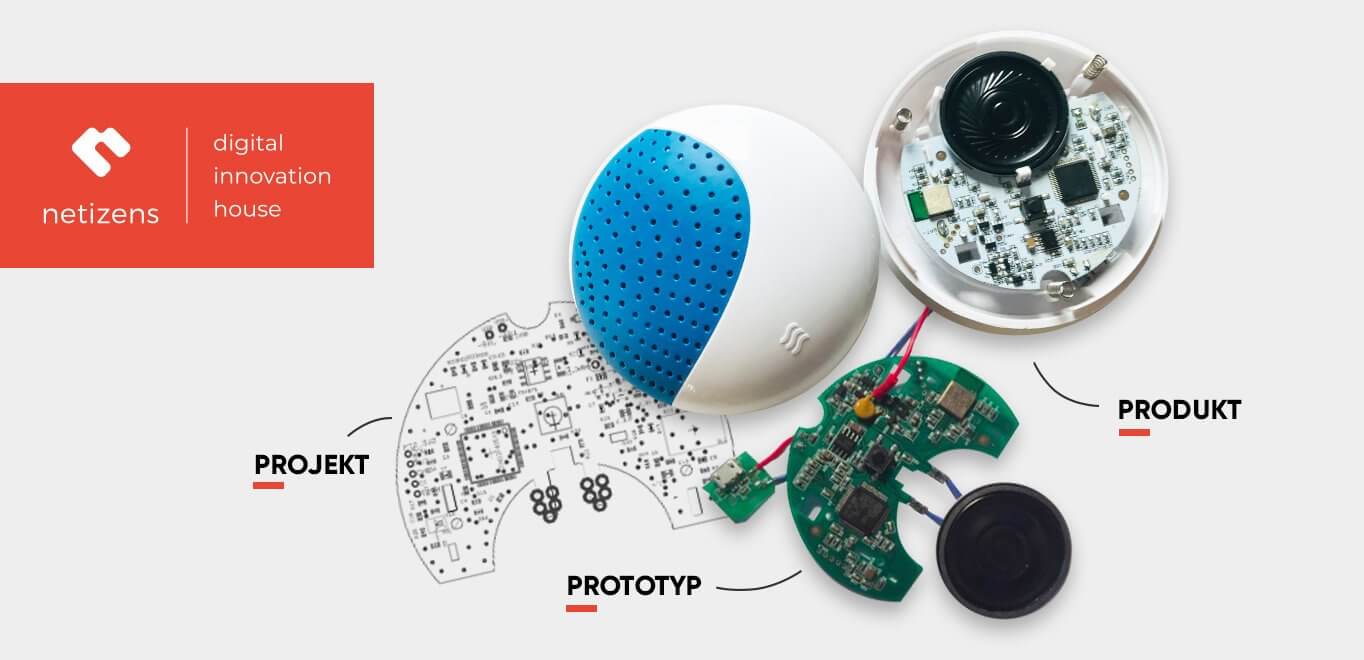
There is no single established way to look for innovative solutions, but having an R&D department always keeps you one step ahead of your competitors. Such a motto has been guiding us for several years, as the competence and experience of Netizens’ programmers has been further enhanced by a team of engineers. As a result, we are in a position to offer a comprehensive service in the implementation of IoT products. As a technology partner, we will guide you through the entire project – from the idea, through prototype and production, to the final solution that can be brought to market.
Building a product that combines software, firmware and hardware elements requires an interdisciplinary approach to technology and the collaboration of engineers and programmers. Here in Netizens, the most important points in the implementation of IoT projects are, first of all, an individual approach to solving a given issue and a detailed definition of the requirements for the design. Thus, the risk of design failure is minimized and the number of iterations during prototyping is reduced. Secondly, it is crucial to do extensive research to explore the whole spectrum of technologies that can be used to solve a given task. This is very important, because these two aspects, implemented at the very beginning of the project, allow to reduce costs at the further stages of work.
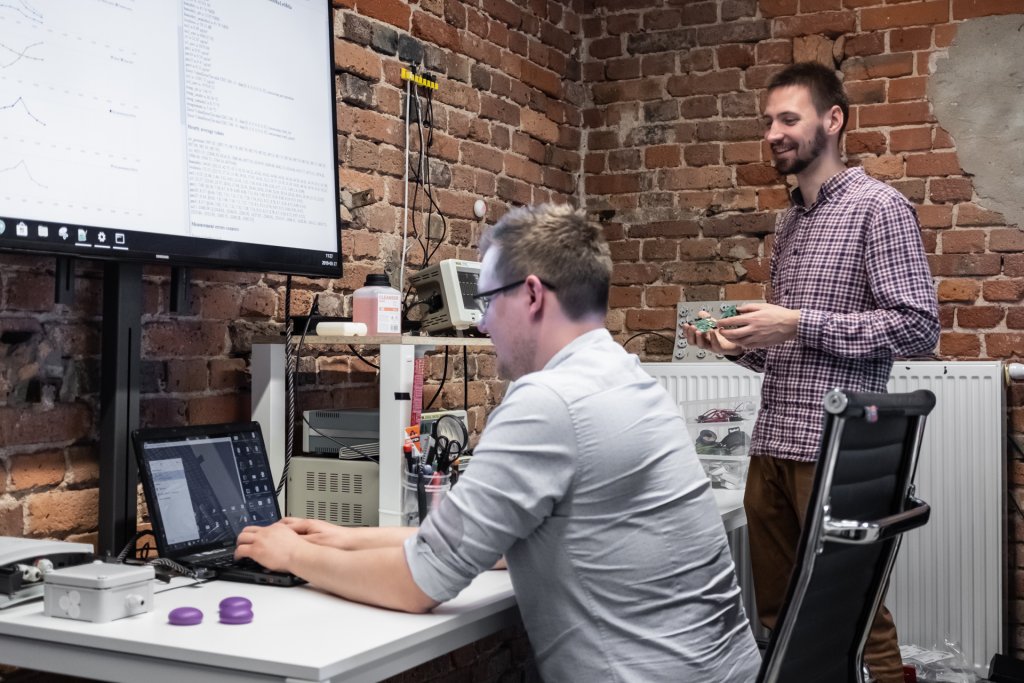
IoT product realization from A to Z
How exactly do we work with IoT projects? We begin with a systematized form of implementation, introducing possible modifications for a specific project. We commence our work for the client with a practice-oriented feasibility study. This is a very important element when it comes to starting engineering work. At this stage, we analyze the project from a technical point of view, specify its final vision and a list of potential threats. We gather information about the needs of the client by organizing design workshops, during which we also present technological possibilities for a given project. Once the set of data has been collected, we move on to the research phase to select the key elements and define boundary parameters. It is very frequent at this stage that we conduct tests of selected fragments on the basis of developer kits. Eventually, we are able to draw up a specification and discuss it in detail. After the acceptance of the proposed solutions by the customer, we move on to prototyping, which aims to create a functional prototype of the device according to the established specification. This is a phase of the project consisting of several phases. It is as follows:
- block-type diagram
- electrical diagram
- research and selection of all elements – passive electronics
- PCB design
- production paperwork
- production of several prototype units
- device programming including test software
- tests and comparison of results with boundary parameters
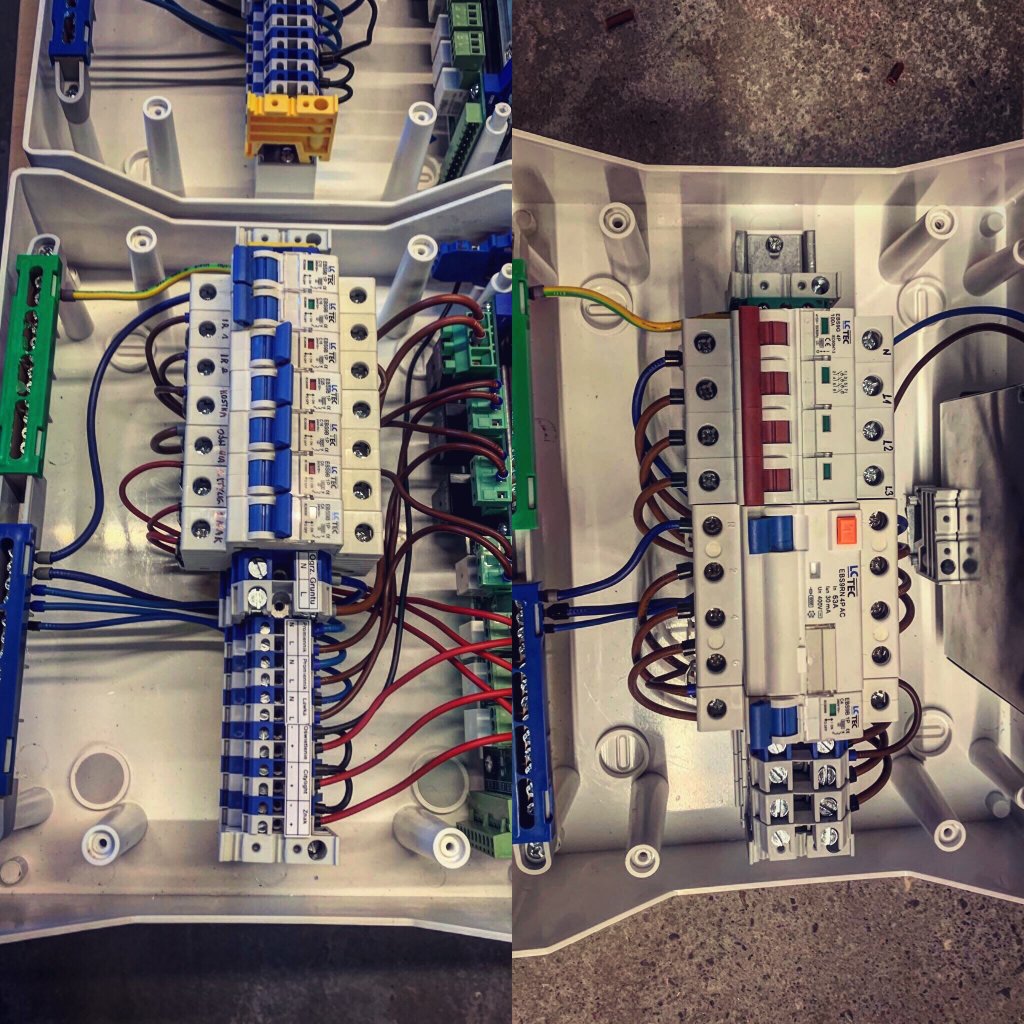
After the customer approves the prototype, we move on to the preparation phase of the IoT device for serial production. It includes, among others, minor modifications of the prototype, as well as power optimization (in the case of battery-operated devices), and cost optimization of the device, which consists in contacting suppliers, looking for replacements or determining the life span of selected components. Then we proceed to the final production documentation accompanied by the production software – firmware uploads, tests and potential certification of the future product. The last stage of the whole process is the production itself, which we also supervise from beginning to end. We select component suppliers, the provider of PCBs, installations, device programming and assembling. By this means, you come to us with an idea or Proof of Concept, and we already take responsibility for product development from A to Z.
The heart of Sloth as precious as the heart of the ocean
The implementation of IoT products should be carried out in cooperation with partners who are competent not only in a specific field, but above all in terms of technology, equipment and original solutions. The experience gained from projects combining software, firmware and hardware elements is certainly an asset in this respect. The IoT device market is developing at an incredible pace and is affecting more and more branches of business. It is no longer just industry, medicine, transport and logistics, retail or smart homes, but also sectors that at first glance appear to have nothing to do with it. By using the suitable technology you can gain a huge advantage over your competitors.
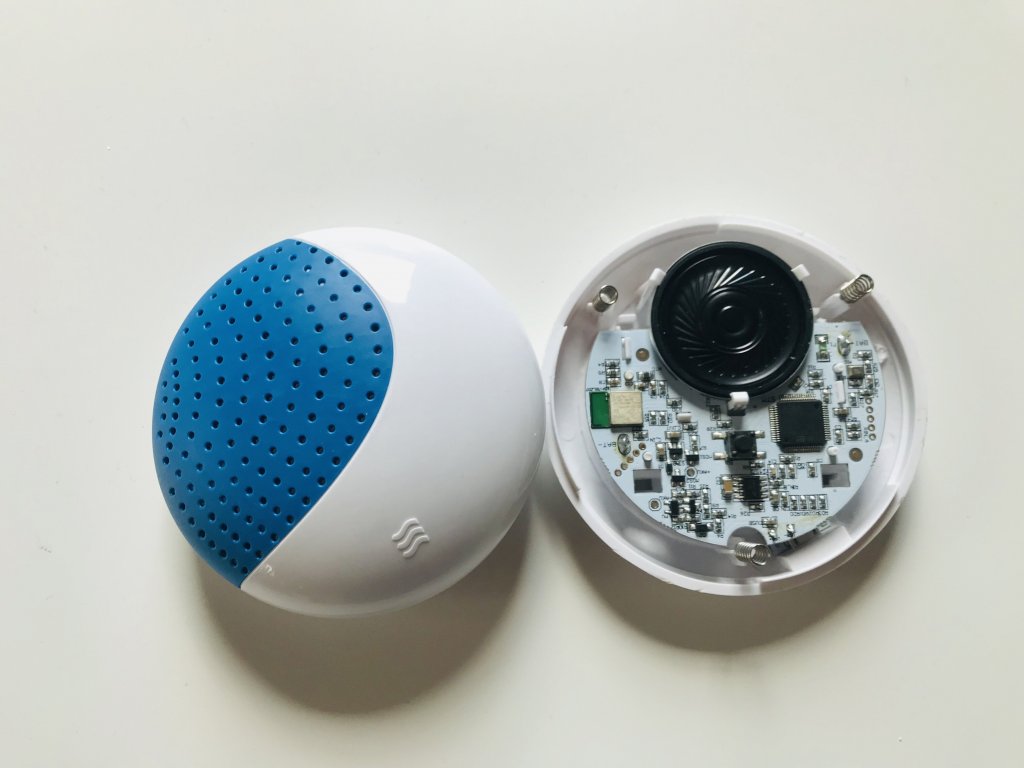
The friendly Sloth E-zzy from Whisbear company is the best example of this. It’s a humming toy that helps children fall asleep and connects to a dedicated app on the parent’s smartphone using Bluetooth. The most important thing for us was its… heart. Owning to it, Sloth reacts with noise to the toddler’s weeping and monitors his sleep, and all the information is received and analyzed by the application. The work for Whisbear required using all our skills in order to complete the project – starting from the hardware layer of the project, through the software of the device itself to the creation of an application for iOS and Android with a CMS panel. You can read more about the project here, and a positive assessment of the project by the customer can be found on Clutch.
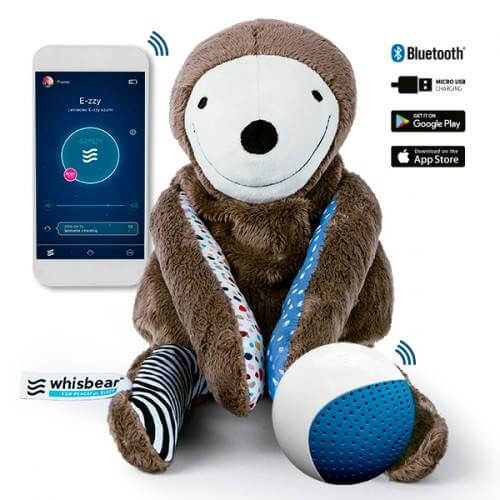
Cosmic litter tray and mobile spirometer
The technology is also boldly entering the world of animals, cats in particular. Shortly, our little ones will receive a revolutionary device called spaceKotty, which communicates with a dedicated smartphone application, and thus allowing their owners to take greater care of them. This is an intelligent tray that records how often a cat visits the tray and how long it stays in it. Additionaly, it notes the weight of the animal. Such information is extremely important for the early detection of cat diseases. They are analysed in a mobile application that controls the litter tray using algorithms developed in collaboration with veterinary specialists. The premiere of the smart litter tray is scheduled for July 2020. The project is being implemented for myKotty – a company that has long been a trendsetter in the world of cat gadgets, and now has decided to cross paths with the IoT branch as well. Our tasks included the device software, writing a mobile application and integrating the whole system. For the time being, we cannot reveal any more details, but as you can imagine, it will be a product that no kitten will pass by unimpressed.
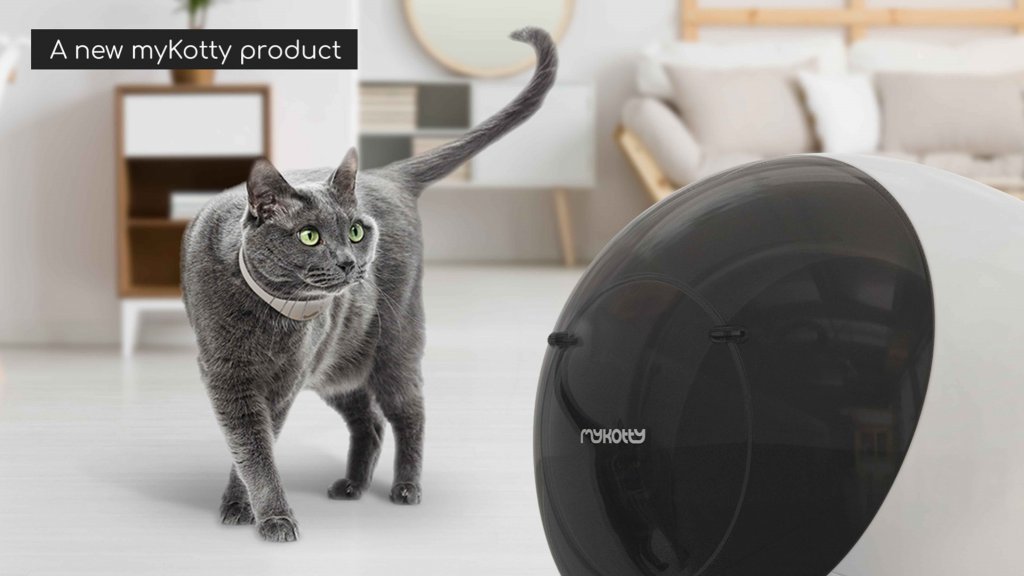
One of the fastest growing industries in relation to IoT is medicine. In this field, it is already so common to use technological solutions that it has even got its own name – Internet of Medical Things. We have also contributed to the development of such products in the form of a mobile spirometer to control breathing parameters for MySpiroo startup. The R&D team prepared and integrated the whole electronics for the device from scratch. We built the first prototype of MySpiroo, and then made subsequent modifications according to the client’s medical guidelines. In addition, we created a framework in order to build applications for both Android and iOS, with which the spirometer was to communicate. Data from the device could be transferred to the application via Bluetooth. As a technological partner of the project, we also supported startups in the process of device certification. You will find more about this project here.
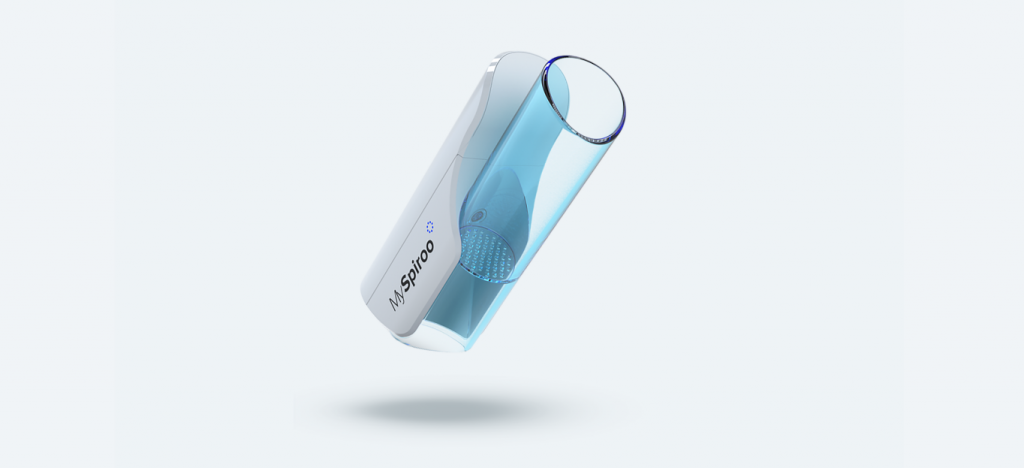
Do you have an idea for an IoT product and you are looking for a technology partner who has all the competencies in one place and, in addition, will lead your project comprehensively? Write on nb@netizens.pl. We will answer all your questions and prepare a personalized offer.
Get to know us better and visit our social media profiles – Facebook, Linkedin and Instagram, and check out our website netizens.pl.